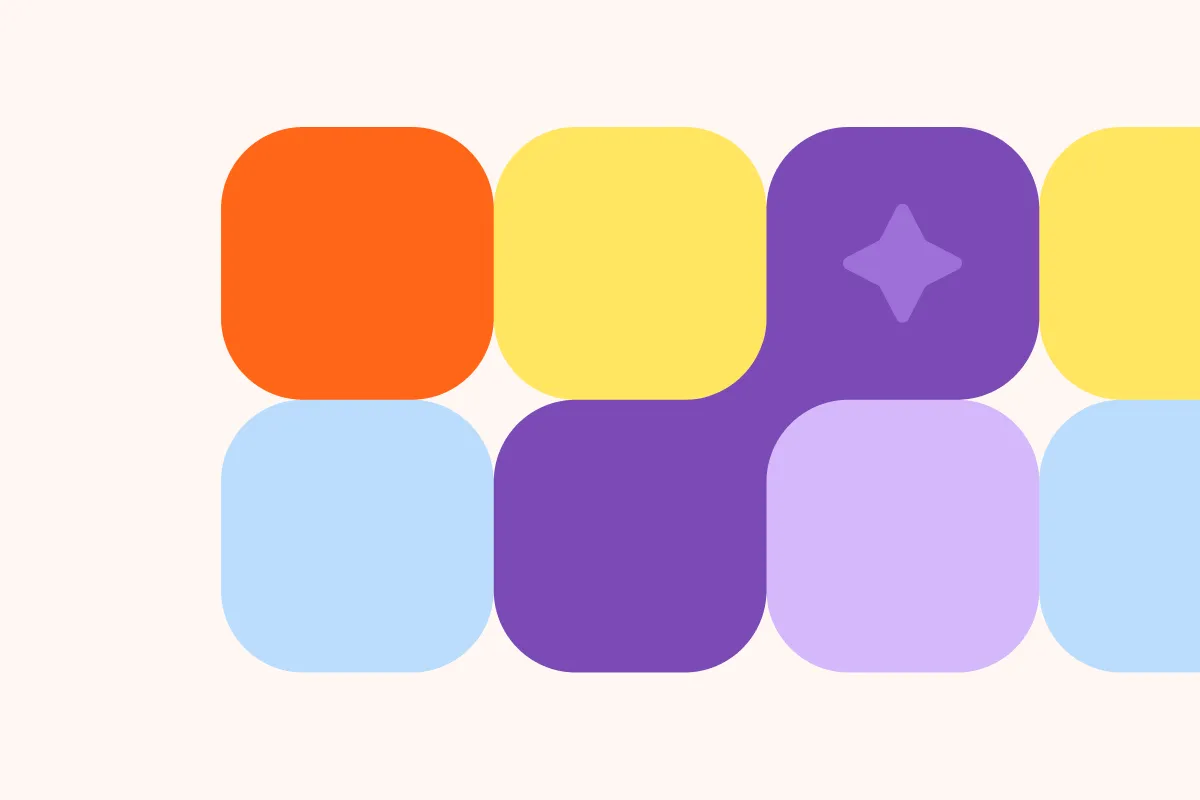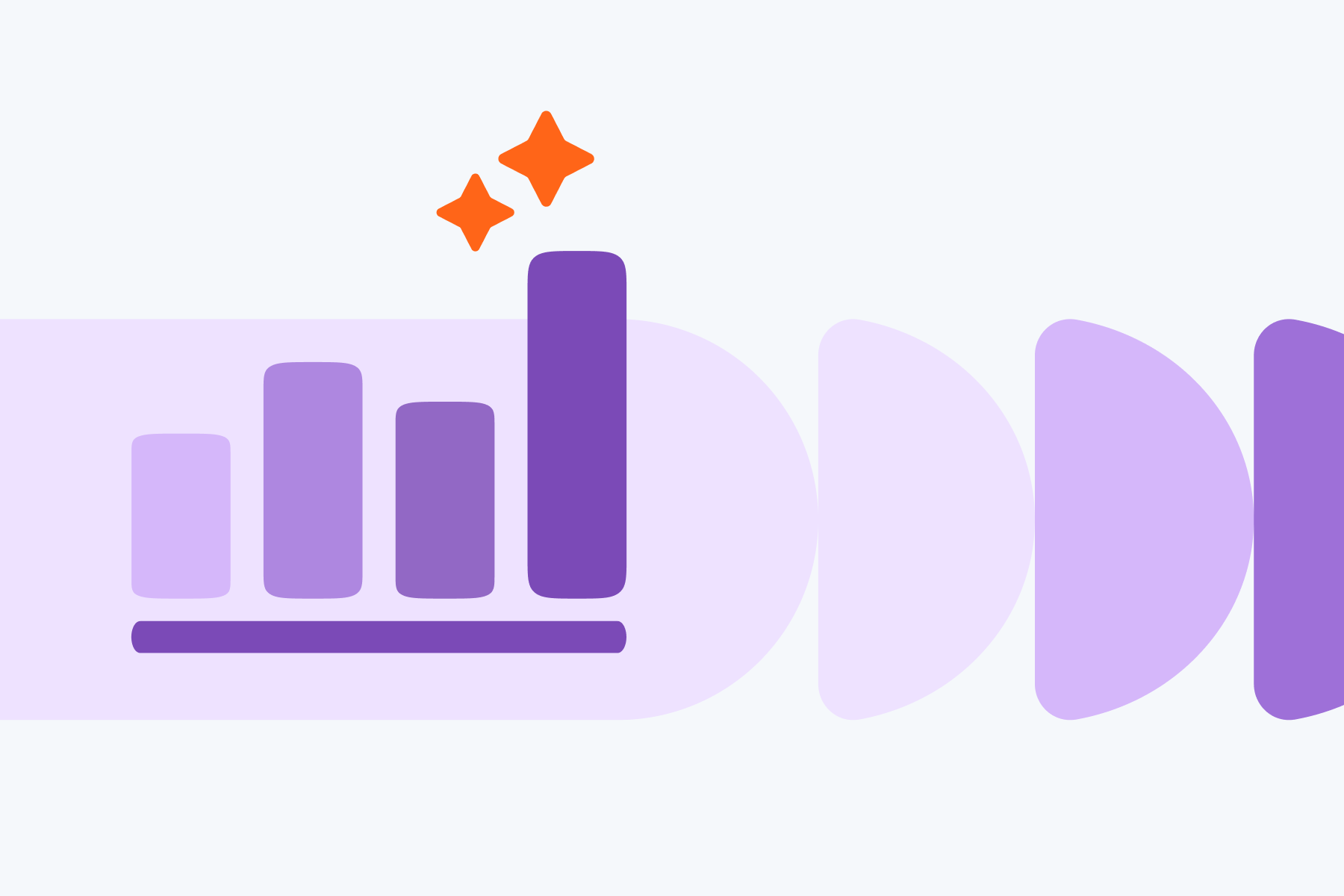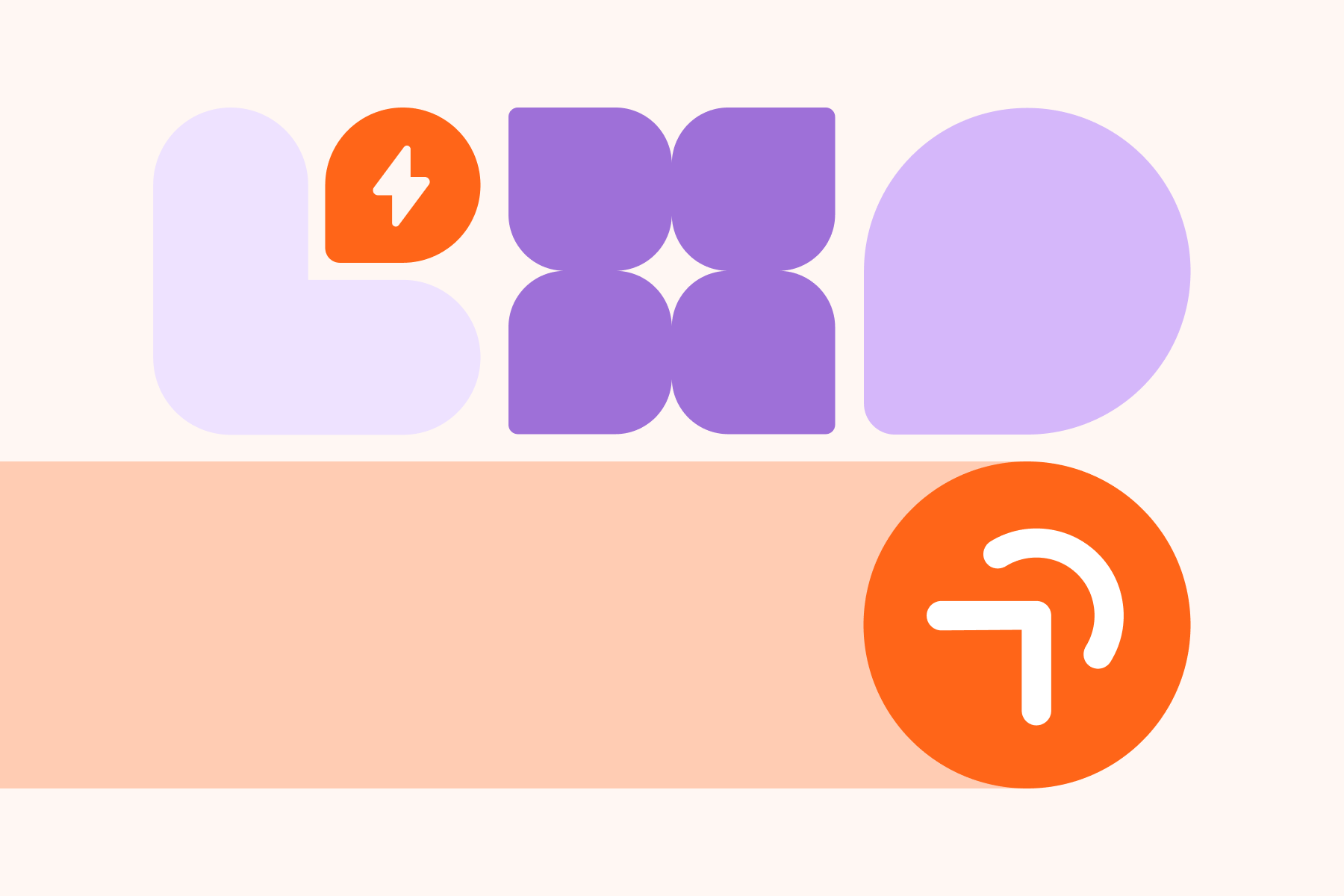10 Ways to Hack Conversion Rate Optimization
Denis Yurchuk
August 4, 2025

Most guides about conversion rate optimization (CRO) talk about speed, clarity, and trust. But they miss a powerful psychological force that silently drives behavior:
People are lazy.
Not in a bad way – cognitively lazy. They avoid effort. And if you understand that, you can build flows that convert more users with less friction.
At Aimers we've tested these principles across dozens of SaaS funnels. Here's a collection of unusual tactics that leverage user laziness and get results.
1. The Illusion of Choice (Without Real Choice)
Give people three options. Highlight the middle one. Make it "Recommended." Boom - you've just made the decision for them, and their brain says thank you.
It’s an old trick, but it still works in conversion rate optimization because it reduces cognitive load. Not manipulation - just good UX.
2. Lazy Progress Indicators
Ever started a signup and saw "You're 70% done"? That's the Zeigarnik Effect in action. People are more likely to complete something if it looks like it's already in motion.
Even a fake progress bar can improve your conversion rate optimization.
3. Pre-filled, Pre-selected, Auto-everything
Never make users type what you already know.
- Auto-fill forms.
- Pre-select plans based on location or device.
- Detect intent and personalize CTA.
Great conversion rate optimization companies know this: removing decisions = increasing conversions.
4. Reverse Sign-Up Flows
Let users try before they register.
- Design tools that let users build something first.
- Let them generate output, then ask for email to save.
- Allow add-to-cart before creating an account.
It's one of the best-kept conversion rate optimization practices: don't block momentum with friction.
Real example: When we worked with Upper Hand, a sports business management software, we focused on optimizing their landing page experience to improve lead quality. Through systematic testing and CRO, we achieved a 57% reduction in unqualified leads.
5. Default Yes (Soft Opt-In)
Most people won't opt in manually. But if the checkbox is already selected, and they can easily opt out later, they'll go with the flow.
- Pre-checked boxes
- "Get updates" already selected
- "Yes, send me offers" by default
It's not shady - it's smart conversion rate optimization based on behavioral defaults.
6. Instant Gratification Beats Logic
Nobody reads pricing tables. Nobody compares feature lists. They just want to feel good fast.
Use:
- Social proof (stars, logos, counters)
- Emotional copy
- Smart defaults
7. Tiny Steps > Big Decisions
Don't ask people to "create a campaign." Ask them to choose a goal.
Don't say "build a resume." Say "what's your name?"
Micro-steps reduce resistance. Smart conversion rate optimization agencies know how to break big actions into clicks.
Case in point: For Originality.AI, our landing page optimization efforts led to a 47% increase in homepage conversion rates and 148% increase in plagiarism checker page conversions. The key was breaking down complex decisions into simpler, more digestible steps.
8. Lazy Search & Predictive Help
Replace "search" with "suggest."
- Autocomplete with top queries
- Instant filters
- Smart defaults in dropdowns
Users are lazy. Help them not think and they'll reward you with conversions.
9. Let People Leave (But Leave a Hook)
When users are about to bounce, offer something:
- "Download this for later?"
- "Get this page by email?"
- "Add to bookmarks?"
Conversion rate optimization isn't just about keeping people, it's about keeping doors open for return.
10. Personalized Without Asking
Use geo, device, referrer – and personalize without asking.
- Auto-choose country or currency
- Show local testimonials
- Adapt messaging to traffic source
Great conversion rate optimization tools do this natively. But you can also DIY it with a bit of clever scripting — or find a conversion rate optimization agency like Aimers to do it for you.
The Psychology Behind Laziness-Driven CRO
What we've learned from testing these principles across our client base is that cognitive laziness isn't really about being lazу, it's about mental efficiency. People's brains are constantly making micro-decisions, and anything that reduces that load is welcomed.
This ties directly into what we call "friction auditing" – systematically identifying every point where users have to think, choose, or work harder than necessary. For more detailed strategies on this approach, check out our comprehensive conversion rate optimization guide.
Final Thought: Optimize for Laziness, Not Logic
The best conversion rate optimization company doesn't just optimize buttons. It optimizes decisions and removes them entirely when it can.
User laziness isn't a weakness. It's your superpower - if you know how to use it.
Whether you're working with a CRO agency or optimizing in-house, remember that every eliminated decision is a potential conversion gained. The goal isn't to make users think more clearly - it's to help them think less while still getting what they want.
For startups looking to implement these principles on a budget, our guide on cost-effective landing page creation shows how to build laziness-friendly experiences without expensive tools.
Want to optimize your conversions using behavioral psychology?
At Aimers, we specialize in conversion rate optimization that applies these cognitive principles to real campaigns. We've helped hundreds of SaaS businesses increase conversions by understanding what makes users tick and what makes them click.
Let's audit your conversion funnel and identify where laziness-driven optimization can boost your results.












